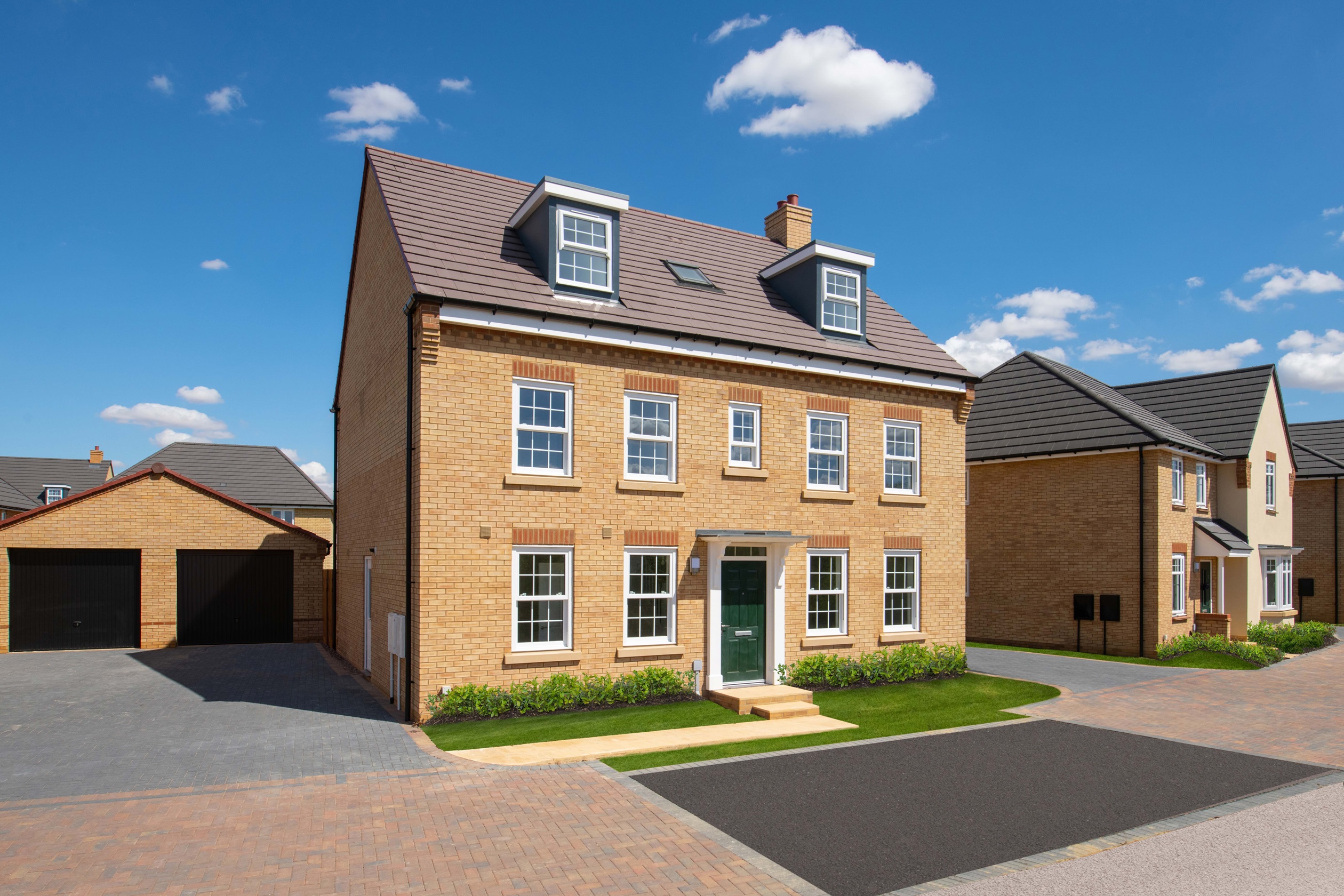What is Stamp Duty? Your 2025 Guide to UK Property Tax
Understanding Stamp Duty Land Tax (SDLT)

Current Stamp Duty Rates in England and Northern Ireland
Standard Rates (from 1 April 2025)
For buyers replacing their primary residence:
|
Purchase Price Band |
Stamp Duty Rate |
|
Up to £125,000 |
0% |
|
£125,001 to £250,000 |
2% |
|
£250,001 to £925,000 |
5% |
|
£925,001 to £1,500,000 |
10% |
| Over £1,500,000 | 12% |
First-Time Buyer Rates (from 1 April 2025):

If you've never owned property before (anywhere in the world), you may qualify for reduced rates:
|
Purchase Price Band |
Stamp Duty Rate |
|
£0 to £300,000 |
0% |
|
£300,001 to £500,000 |
5% |
Note: If you're buying a property over £500,000, you'll pay the standard rates shown above. The first-time buyer relief only applies to properties costing £500,000 or less.
Additional Property Rates (from 1 April 2025)
If you're buying a second home, buy-to-let property, or any additional property, you pay a 5% surcharge on top of the standard rates for the entire purchase price:
|
Purchase Price Band |
Stamp Duty Rate |
|
Up to £125,000 |
5% |
|
£125,001 to £250,000 |
7% |
|
£250,001 to £925,000 |
10% |
|
£925,001 to £1,500,000 |
15% |
|
Over £1,500,000 |
17% |

Key Changes from April 2025
- Standard nil-rate threshold decreased from £250,000 to £125,000
- First-time buyer nil-rate threshold decreased from £425,000 to £300,000
- First-time buyer relief maximum decreased from £625,000 to £500,000

How Stamp Duty is Calculated
- £0 - £125,000: 0% = £0
- £125,001 - £250,000: 2% = £2,500
- £250,001 - £350,000: 5% = £5,000
- Total stamp duty: £7,500
Important Deadlines
Property Taxes in Scotland and Wales
Scotland: Land and Buildings Transaction Tax (LBTT)
Scotland replaced Stamp Duty with LBTT in 2015. The current rates are:
Standard Residential Rates:
| Property Price Band | LBTT Rate |
| Up to £145,000 | 0% |
| £145,001 to £250,000 | 2% |
| £250,001 to £325,000 | 5% |
| £325,001 to £750,000 | 10% |
| Over £750,000 | 12% |
- Standard LBTT: £8,100
- ADS (8% of £300,000): £24,000
- Total: £32,100
- Standard LBTT: £8,100
- ADS (8% of £300,000): £24,000
- Total: £32,100
For more information, visit Revenue Scotland.

Wales: Land Transaction Tax (LTT)
| Property Price Band | LTT Rate |
| Up to £225,000 | 0% |
| £225,001 to £400,000 | 6% |
| £400,001 to £750,000 | 7.5% |
| £750,001 to £1,500,000 | 10% |
| Over £1,500,000 | 12% |
| Property Price Band | LTT Rate |
| Up to £180,000 | 5% |
| £180,001 to £250,000 | 8.5% |
| £250,001 to £400,000 | 10% |
| £400,001 to £750,000 | 12.5% |
| £750,001 to £1,500,000 | 15% |
| Over £1,500,000 | 17% |
Note: Wales does not offer first-time buyer relief. The nil-rate threshold of £225,000 applies to all main residential purchases.
For more information, visit the Welsh Revenue Authority.
Stamp Duty Frequently Asked Questions
-
The buyer pays stamp duty, not the seller. Your solicitor or conveyancer typically handles the payment on your behalf as part of the conveyancing process.
-
Yes, stamp duty is based on the property price and the buyer's circumstances, not the number of buyers. If either buyer already owns a property, you may be required to pay an additional property surcharge.
-
Yes, if you're buying a new primary residence but haven't yet sold your previous home, you initially pay the additional property surcharge. You can claim a refund if you sell your old home within 36 months of completing the purchase of your new property.
-
Scotland offers first-time buyer relief with a higher threshold (£175,000). Wales does not currently offer first-time buyer relief, though all buyers benefit from the £225,000 nil-rate threshold.
-
If you're a first-time buyer but your co-buyer already owns a property, you won't qualify for first-time buyer relief. The higher rate for additional properties may also apply, depending on the circumstances.
-
Yes, certain transactions are exempt or eligible for relief, including:
- Properties transferred due to divorce or dissolution of a civil partnership
- Properties inherited through a will
- Properties gifted for no payment
- Certain purchases by charities
- Properties under the minimum threshold
-
You don't pay stamp duty directly. Your solicitor or conveyancer will calculate the amount due, submit the stamp duty return to HMRC (or Revenue Scotland/Welsh Revenue Authority), and arrange payment from the funds you provide for completion.
-
If you don't file your stamp duty return and pay the tax within 14 days of completion, HMRC will charge penalties and interest. The penalty starts at £100 and increases the longer you delay.
-
Non-UK residents face an additional 2% surcharge on top of standard rates in England and Northern Ireland (this does not apply in Scotland or Wales).For the most current rates and to calculate your stamp duty, use:
- England & Northern Ireland: HMRC Stamp Duty Calculator
- Scotland: Revenue Scotland LBTT Calculator
- Wales: Welsh Revenue Authority LTT Calculator
Our offers to help get you moving
Help to Sell Schemes
We have a range of schemes to help you sell your existing home.
Bank of Family
Parents can also help. Typically they (or a close family member) could help you with your deposit, or guarantee your mortgage, or act as a joint applicant.
Low Deposit Schemes
If you have a low deposit, we have a variety of schemes to help make moving more affordable.
Key Worker Scheme
We could help make your move with our Key Worker Deposit Contribution Scheme.
Own New - Rate Reducer
Own New - Rate Reducer is a scheme available on new build homes that could mean lower mortgage rates and reduced monthly payments.
Part Exchange
We could be your guaranteed buyer. No stress or fuss, just an easy move for you and your family.



